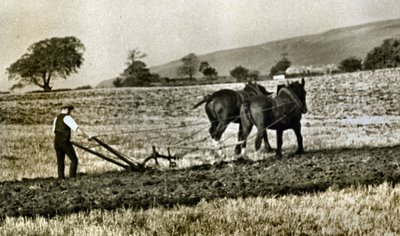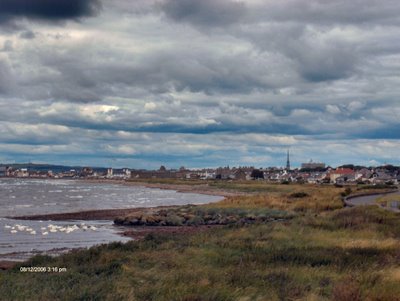
Whilst, from the landward side, North Berwick is dominated by Berwick Law.

I've loaded the pictures of the trip, including Dirleton Castle & Craigmiller Castle
on Flickr.
Since I didn't see any photographic record for Ayrshire, I thought I'd put one up.
It's "+" because I'll add any photo I've taken when the mood takes me.
If you click on a photo, it will enlarge it.















 Purely for Duffy, it does rain in Ayr!!
Purely for Duffy, it does rain in Ayr!!


 Late afternoon yesterday, we went for a walk round the pond in Rozelle Estate ; a not too strenuous walk from our front door. Luckily a significant part of this remnant of the original estate has been left with minimal human interference.
Late afternoon yesterday, we went for a walk round the pond in Rozelle Estate ; a not too strenuous walk from our front door. Luckily a significant part of this remnant of the original estate has been left with minimal human interference.

 Following up from yesterday, this is a view from the cliff path at Culzean Castle looking towards Northern Ireland. The correct name for the island you see in the distance is Ailsa Craig, but legend has it that long ago one of the giants who lived in Northern Ireland was quarrelling with a giant who lived in Scotland and threw a 'rock' at him which didn't quite make it.
Following up from yesterday, this is a view from the cliff path at Culzean Castle looking towards Northern Ireland. The correct name for the island you see in the distance is Ailsa Craig, but legend has it that long ago one of the giants who lived in Northern Ireland was quarrelling with a giant who lived in Scotland and threw a 'rock' at him which didn't quite make it. No, it isn't my humble dwelling, but Culzean Castle, a property owned by the National Trust for Scotland.
No, it isn't my humble dwelling, but Culzean Castle, a property owned by the National Trust for Scotland.